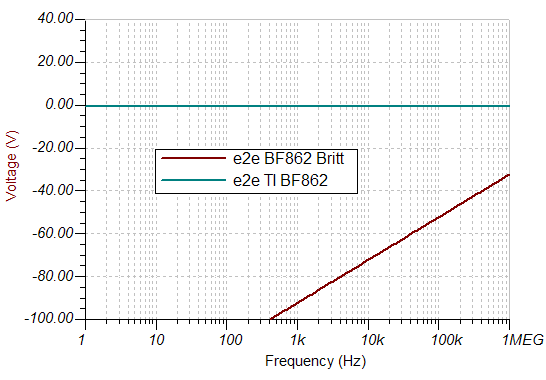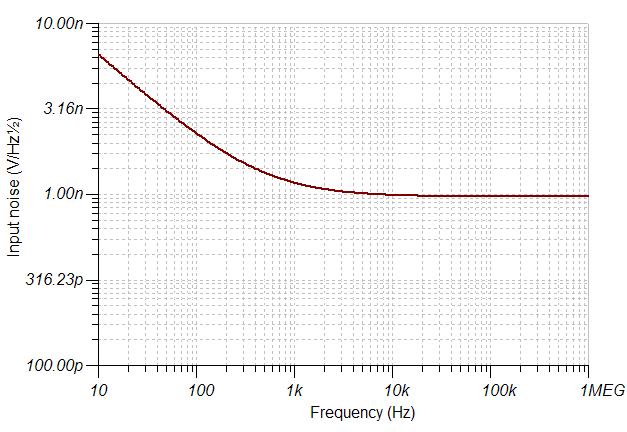Here is a newbie question.
I just started to work with TINA. I'm really not familiar with any spice-base app.
I tried to use some fast JFET together with some TI OPAMP. It seems that the JFET model don't exist
I found the SPICE model for BF862 :
* BF862 SPICE MODEL MARCH 2007 NXP SEMICONDUCTORS
* ENVELOPE SOT23
* JBF862: 1, Drain, 2,Gate, 3,Source
Ld 1 4 L= 1.1nH
Ls 3 6 L= 1.25nH
Lg 2 5 L= 0.78nH
Rg 5 7 R= 0.535 Ohm
Cds 1 3 C= 0.0001pF
Cgs 2 3 C= 1.05pF
Cgd 1 2 C= 0.201pF
Co 4 6 C= 0.35092pF
JBF862 model parameters:
.model JBF862 NJF(Beta=47.800E-3 Betatce=-.5 Rd=.8 Rs=7.5000 Lambda=37.300E-3 Vto=-.57093
+ Vtotc=-2.0000E-3 Is=424.60E-12 Isr=2.995p N=1 Nr=2 Xti=3 Alpha=-1.0000E-3
+ Vk=59.97 Cgd=7.4002E-12 M=.6015 Pb=.5 Fc=.5 Cgs=8.2890E-12 Kf=87.5E-18
+ Af=1)
ENDS BF862
but how to make a .lib file out of it ?
Cheers
Julien







